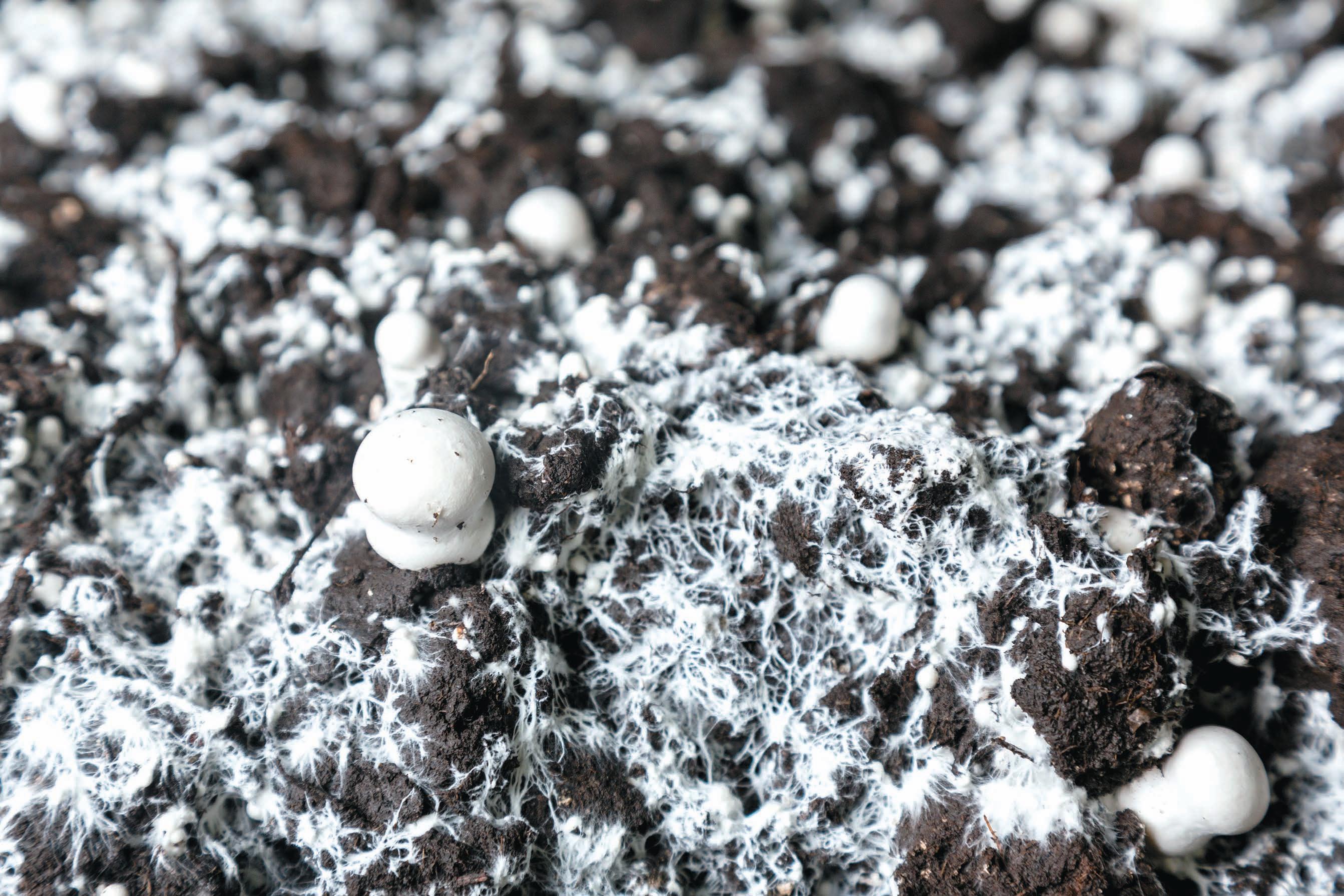
2 minute read
The fascinating hidden world in your garden
Words MORAG GAMBLE
A simple kitchen garden is full of wonderful surprises and untold possibilities to transform your life in the most unexpected ways. I can help you make a real difference – as well as nourishing you, of course.
Advertisement
Let your garden be your mentor. Slow down, observe and reconnect with nature and natural rhythms. Appreciate the small things, the minute, the invisible. Show gratitude to the community of life. Listen deeply and observe with all your senses. Respond to change with grace and care; be in service to the whole. Let this ripple through your day and ‘myceliate’ your life.
Our gardens are our everyday portal to the wonders of the natural world. Nature tends towards thriving abundance. A garden, like nature, is an ongoing dance and building of relationships.
The art of growing beautiful, healthy food begins with nurturing these relationships, especially with the living soil and thriving unseen world that exists below our feet. The vitality and nutritional density of our food depends on this. It’s a magical world. In just one handful of living soil there are over 100 billion organisms and 50km of mycelium threads – those little white threads you sometimes see when looking under a rotting log in a damp corner of the garden. (Mycelium is the plant part of a fungus and mushrooms are the fruiting body.)
Mycelium creates a branching underground web that extends deep into the finest crevices of the soil collecting nutrients and water. They attach to roots and connect plants together in community. For 90% of plants in the world, these threads extend the reach of roots to more than double their access to food and water, and help plants communicate with one another.
Did you know that the largest living thing on the planet is a humongous fungus – a huge mycelium web? Hidden from view under a forest in Oregon, this organism covers almost 2500 acres and is over 8000 years old, connecting and nourishing the entire forest as one community.
Re-imagine your garden as a community above and below ground. See every plant as being connected to each other, the soil, the birds and bees that visit, and your bioregion. You are part of that community too. Care for the whole and feed the soil.
The way to do this is simple: compost and cover. Feed your soil with lots of organic matter and make sure you protect it from exposure to the sun, drying out, use of chemicals and disturbance. This is why organic no-dig gardening works so well (see my online tutorial below).
www.moraggamble.com










